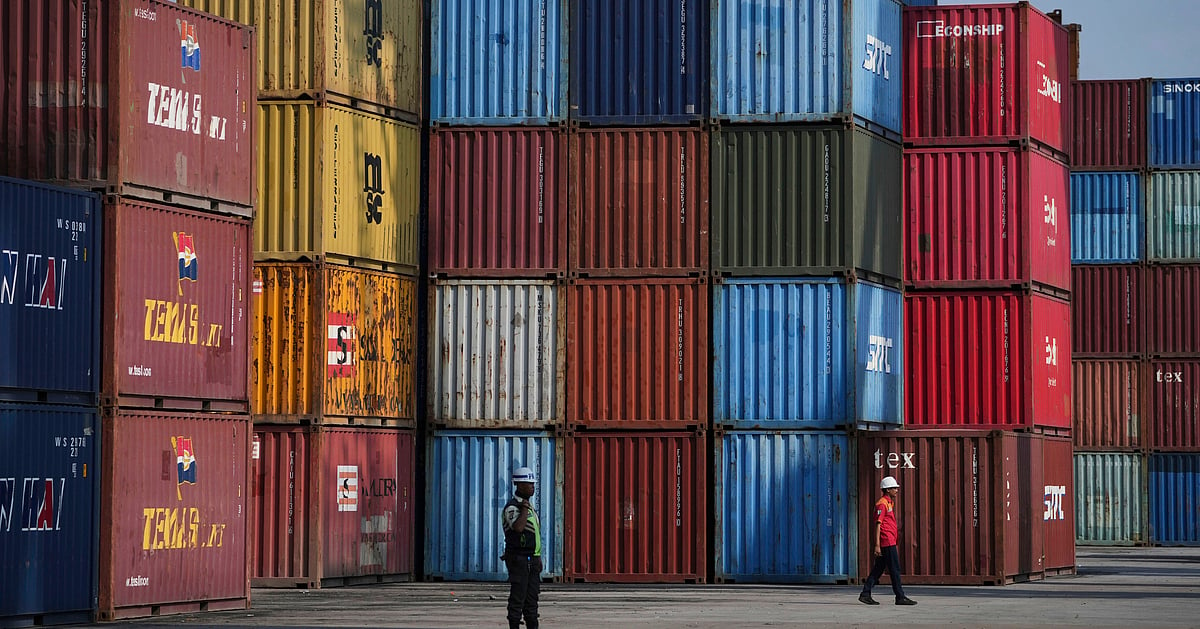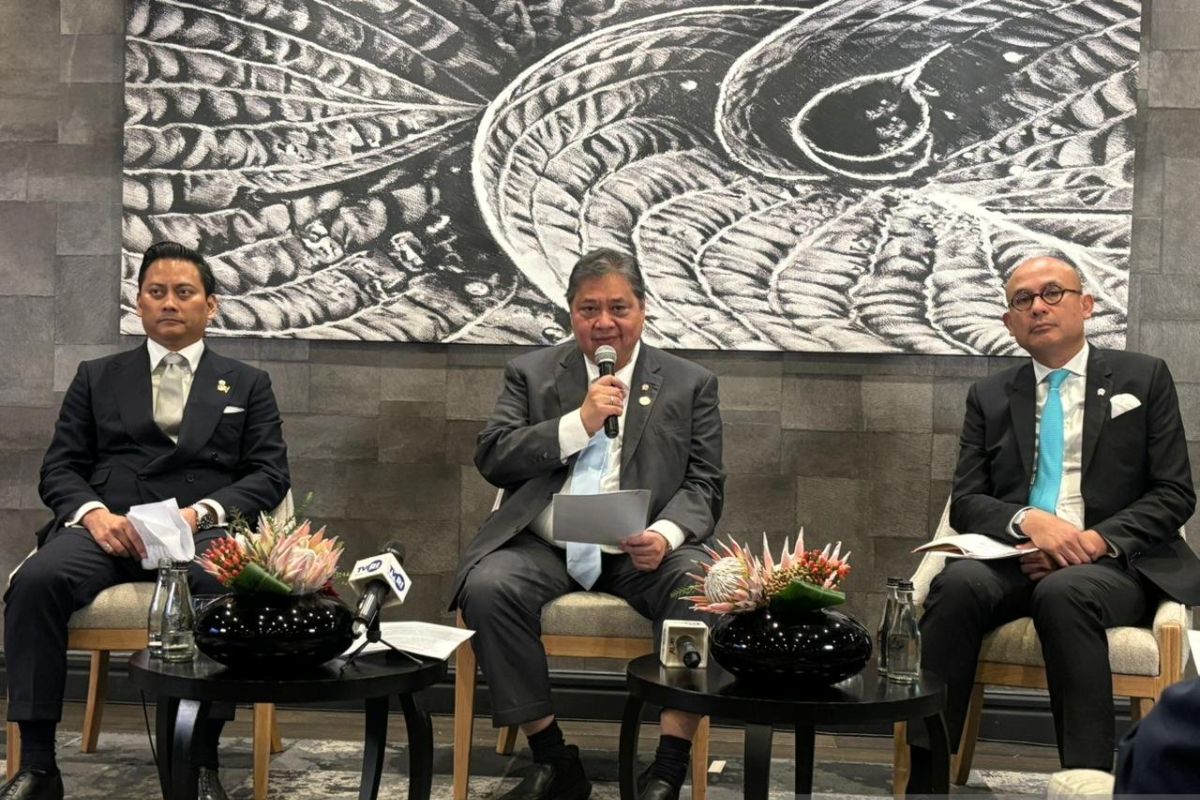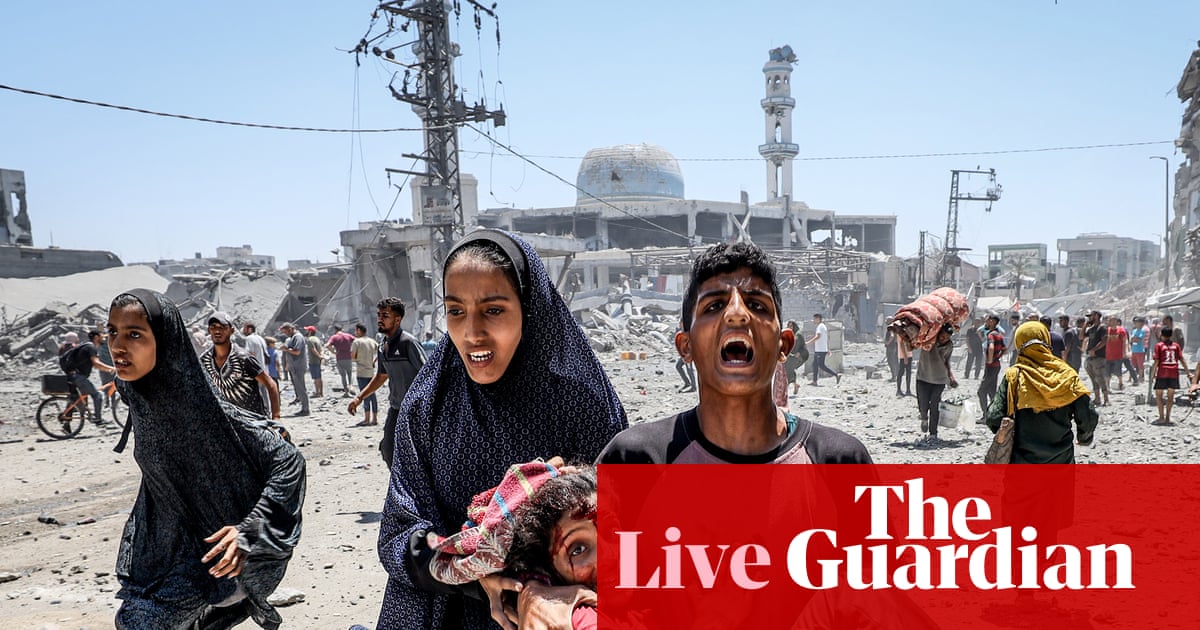BANGKOK: President Donald Trump’s new tariff rates on U.S. imports from dozens of countries took effect Thursday, the latest chapter in the saga of Trump’s reshaping of global trade. But many questions remain.
Trump has threatened tariffs of up to 200% on imports of pharmaceuticals and has ordered a 100% import tax on computer chips. Most U.S. imports of copper, steel and aluminum are subject to a 50% tariff.
There’s still no agreement on what tariffs might apply to products shipped from China. India has no deal yet and faces a potential 50% tariff as Trump pressures it to stop buying oil from Russia.
Recent data shows uncertainty is clouding the outlook for exporters around the world as a rush to beat the tariffs during a pause for negotiation tapers off. Companies are reporting billions of dollars in higher costs or losses due to the higher import duties.
Global financial markets took Thursday’s tariff adjustments in stride, with Asian shares and U.S. futures mostly higher.
Here’s where things stand in what has proven to be a fast-changing policy landscape.
The tariffs taking effect this week
The tariffs announced on Aug. 1 apply to 66 countries, Taiwan and the Falkland Islands. They are a revised version of what Trump called ” reciprocal tariffs,” announced on April 2: import taxes of up to 50% on goods from countries that have a trade surplus with the United States, along with 10% “baseline’’ taxes on almost everyone else. That move triggered sell-offs in financial markets and Trump backtracked to allow time for trade talks.
The president has bypassed Congress, which has authority over taxes, by invoking a 1977 law to declare the trade deficit a national emergency. That’s being challenged in court, but the revised tariffs still took effect.
To keep their access to the huge American market, major trading partners have struck deals with Trump. The United Kingdom agreed to 10% tariffs and the European Union, South Korea and Japan accepted U.S. tariffs of 15%. Those are much higher than the low single-digit rates they paid last year, but down from the 30% Trump had ordered for the EU and the 25% he ordered for Japan.
Countries in Africa and Asia are mostly facing lower rates than the ones Trump decreed in April. Thailand, Pakistan, South Korea, Vietnam, Indonesia and the Philippines cut deals with Trump, settling for rates of around 20%.
Indonesia views its 19% tariff deal as a leg up against exporters in other countries that will have to pay slightly more, said Fithra Faisal Hastiadi, a spokesperson in the Indonesian president’s office.
“We were competing against Vietnam, India, Bangladesh, Sri Lanka and China … and they are all subject to higher reciprocal tariffs,” Hastiadi said. “We believe we will stay competitive.”








